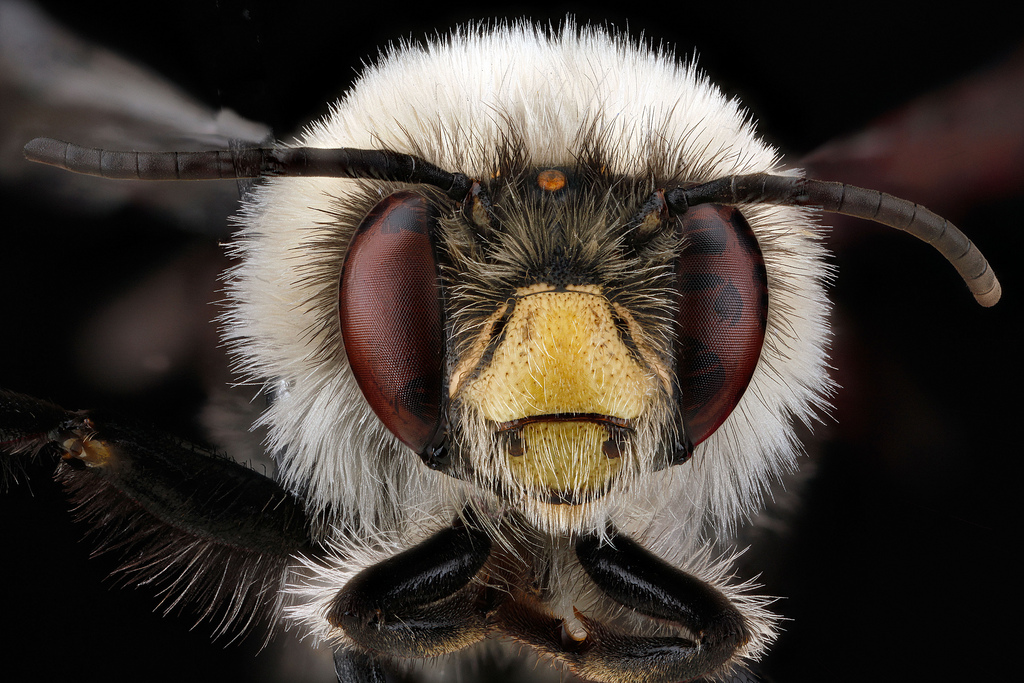
It’s not always easy to tell if you’ve been bitten or if you’ve been stung, but if you’ve been stung, you may see a stinger attached to your skin. If you see a doctor, they’ll usually confirm an insect bite or sting by looking at the affected part of your skin, and asking you about your symptoms and what you were doing before your symptoms began. Your symptoms will usually help you tell if you’ve been bitten or stung by an insect.
INSECT EYE XSECTION HOW TO
How to tell if you’ve been stung or bitten



If you develop any symptoms of anaphylaxis listed above, call an ambulance immediately.ĭon’t try to drive yourself (or ask someone else to drive you) to hospital. When to see a doctor about an insect bite or sting When to call an ambulance
INSECT EYE XSECTION SKIN
There’s a risk of an infected bite or sting spreading deeper into your skin – causing a more serious infection, so you should see a doctor as soon as possible if you think a bite or sting has become infected. If this happens, you may notice that the bite and the skin around it may hurt more, feel tender to touch, look red or have pus in (or coming out of) it. This is because breaking your skin by scratching or picking at a bite allows bacteria to enter the bite.

These symptoms usually get better within 7 to 10 days. Your skin may also break out in blisters – but this doesn’t happen often. If you have a mild allergic reaction, you may notice a lot of swelling, redness and pain around the bite or sting. Symptoms of an allergic reaction to a insect biteĪn allergic reaction to an insect bite can be mild and limited to your skin (large local reaction) or really bad and affect your whole body (generalised allergic reaction). It’s also possible for a bite to get infected. In most cases, these symptoms tend to get better within a few hours or days.īut sometimes, a bite or sting causes an allergic reaction, which can lead to more serious symptoms. If you’ve been bitten or stung by an insect, you may notice a lump on your skin where you were bitten. What do insect bites and stings look like? Wasps, bees, ants, mosquitoes and fleas are among the most common biting or stinging insects, but most insects and spiders can bite or sting you. Most bites and stings aren’t serious, but if you’re allergic to a specific type of bite or sting, they may trigger a life-threatening reaction that needs immediate treatment. They aren’t the same as insect stings – these happen when an insect punctures your skin with a special ‘stinger’ on the back of its body and injects a poison (called venom) into your skin. Insect bites – also known as bug bites – are small skin wounds or punctures caused by an insect’s mouth.


 0 kommentar(er)
0 kommentar(er)
